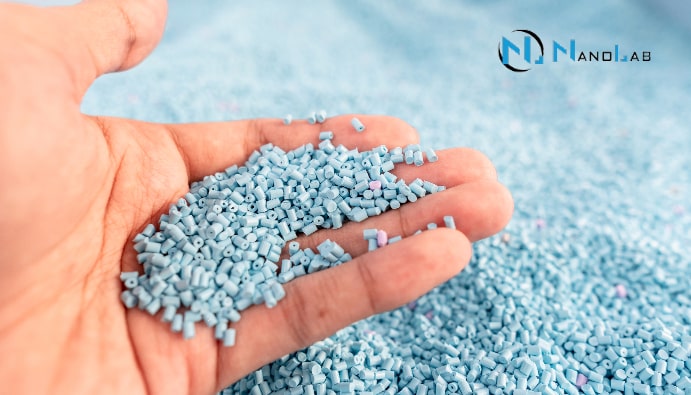
BLOG
KATEGORİDEKİ DİĞER YAZILAR

Acrylonitrile is a colorless, volatile organic chemical compound that is commonly used as a raw material in the production of plastics, fibers and other synthetic materials. It is also an important component in the production of some chemical reagents. Acrylonitrile can be released into the environment during industrial processes and can be found in environmental media such as air, water and soil. This compound, which is toxic to human health, can cause harmful effects in both acute and chronic exposures, especially adverse effects on the nervous system and lungs.
The determination of acrylonitrile is of great importance for determining the concentration of this compound in environmental and workplace conditions. In both industrial and environmental settings, determining the presence of toxic compounds such as acrylonitrile is essential to control the release of this compound and minimize potential health risks. Exposure to acrylonitrile can cause chronic health problems, genotoxicity and cancer. Therefore, the accurate and sensitive determination of acrylonitrile is a critical step in protecting human health and complying with environmental regulations.
The determination of acrylonitrile is usually done using techniques such as gas chromatography (GC) and gas chromatography-mass spectrometry (GC-MS). Here are the details of these analysis methods:
The determination of acrylonitrile is carried out in many countries in accordance with environmental regulations and occupational safety rules. In Turkey, Ministry of Environment and Urbanization regulations such as the “Water Pollution Control Regulation” and the “Workplace Air Quality Regulation” require monitoring of toxic compounds such as acrylonitrile. At the international level, OSHA (American Occupational Safety and Health Administration) and EU REACH (Registration, Evaluation, Authorization and Restriction) regulations mandate the monitoring and safe use of chemicals such as acrylonitrile.
Nanolab Laboratories Group continues to provide services within the scope of Acrylonitrile Determination. We also provide services in Emission - Imission Measurements.
Contact us for more information.
You can follow us on LinkedIn for up-to-date news and posts about our services.
Follow our Instagram account to be informed about our latest blog posts.